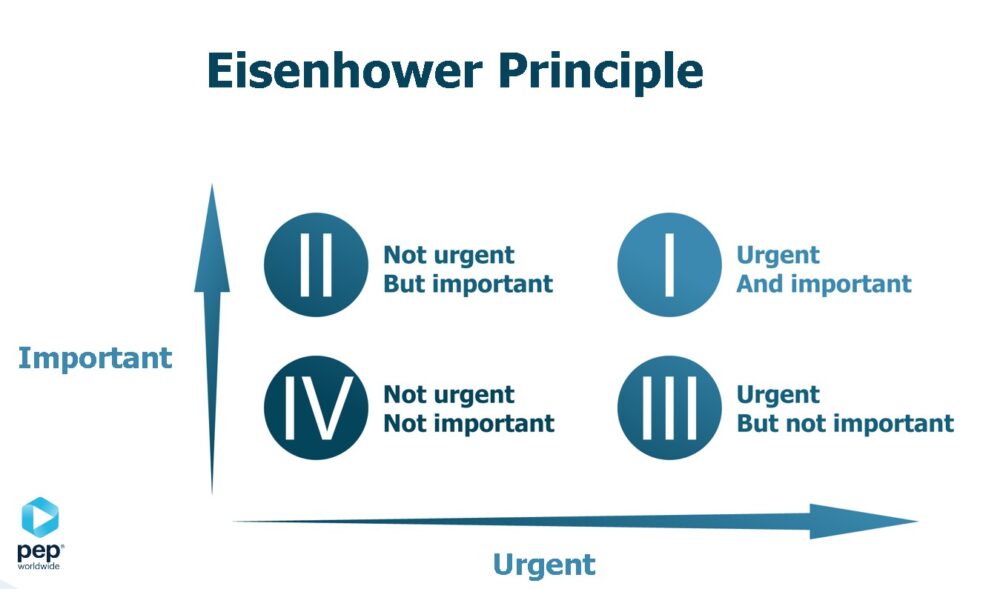“I did what you said but it doesn’t work for me.”
“Mmm? I saw a whole load of tasks on his Task List, all of them red (overdue).”
The first generation Time Management dealt with Lists. Collect all the reminders on scraps of paper, in emails, anywhere else and put them on one list. Next add all of the things To Do that you currently have in your head to the list.
I had a student many years ago who had 12, yes really, 12 different To Do Lists.
The advantage of having everything on one list, as opposed to many, is obvious. All of your To Do’s are in one place!
But it’s not enough.
The second generation Time Management advises us to assign a date to each task and then plan an actual time slot in the Calendar to do it.
But this again is not enough. We’re still not getting everything done in the time we’ve assigned. Often what we have Planned is overruled by demands placed on us to do other things.
The third generation Time Management asks us to consider Priorities.
Let us have a look at the Eisenhower Matrix below:

Before beginning we need to clarify a couple of definitions:
URGENT? This has got to do with Time. The less time you have to get something done the more Urgent it is.
IMPORTANT? From a business perspective these are the actions that get the Results expected of us.
Privately what is Important to us are those things which contribute to and reinforce our Values and help us achieve our personal Goals.
There is a secret on how to consistently achieve your Goals and it is this:
Pick only one Goal at a time. Then answer the following questions:
- When?
- Where?
- and How?
The answers to these questions will provide the basic framework for making a Plan.
I use this in my PEP® coaching in order to give the participant the experience of defining a Goal, making a Plan, monitoring progress step by step and in the end reaching the Goal.
This leaves them with a tool they can use for the rest of their life.
Priorities are those Tasks and Activities that add Value and contribute to what you deem Important. These belong in Quadrants 1 and 2 and deserve an allocated time slot in your Calendar.
Low Value Tasks and Activities belonging in Quadrants 3 and 4 can of course be done if you wish and if you have sufficient time as long as it’s not at the cost of your Important Tasks. Another option if your workload is high is to Delete them.
Now let’s have another look at our participant’s Task List. I see no more red (overdue) Tasks!
“Is the Task List now working for you?”
“Yes.”
“What’s changed?”
- I assign Priorities based on the Eisenhower matrix. Top Priority Tasks are those that deliver Results. These are my Key Tasks.
- I Plan blocks of time in my Calendar for doing these Key Tasks.
- The secret is to respect these ‘appointments with yourself’ and to have extra space in the Calendar for any unforeseen activities.
If you’d like to read this Blog in Dutch please press here:

